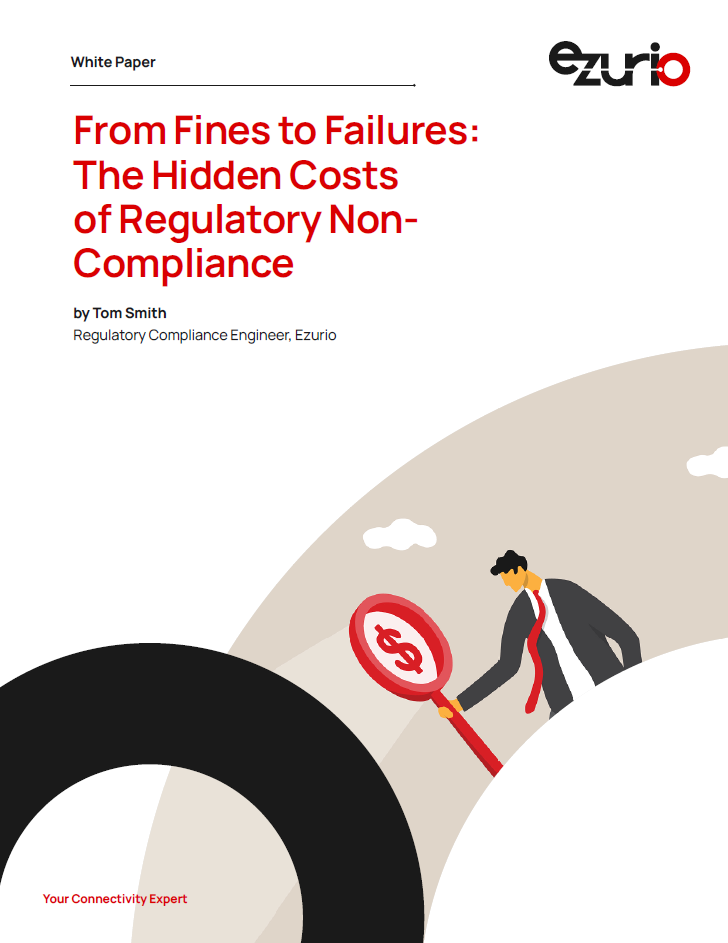
From Fines to Failures: The Hidden Costs of Regulatory Non- Compliance
The truth about securing regulatory compliance is that it’s costly and it takes a lot of work. Being found to be non-compliant has no end of consequences for a business, and can ultimately end up in a failed product, a pile of costs, and a wounded reputation.
Published on August 7, 2024

To be a truly global business, any company needs to be able to communicate, operate, and act lawfully in every country where they do business. This applies to countless business functions and the regional rules that govern them: advertising, labor, transportation, safety, materials, and much more.
To secure compliance, companies must demonstrate their devices’ operate legally in these frequency ranges, and the rules for compliance vary based on the spectrum used, whether coexistence mechanisms are required, how much output power is used, and much more.
In this paper, we’re going to discuss some of the governing bodies that enforce these compliance standards, and some of the common categories of tests that are required around the world. We’ll examine the costs of failure to secure compliance, which range everywhere from delays and fines to (in a worst case scenario) a complete failure to capture market share and a product that is dead in the water. We’ll take a look at the efforts and costs of securing regulatory compliance for your wireless product, and how you can leverage a wireless module like one provided by Ezurio to dramatically accelerate your route to market. And lastly, we’ll review best practices for ensuring compliance, including what to look for in a wireless partner and how to stay ahead of the moving target that is radio certification.